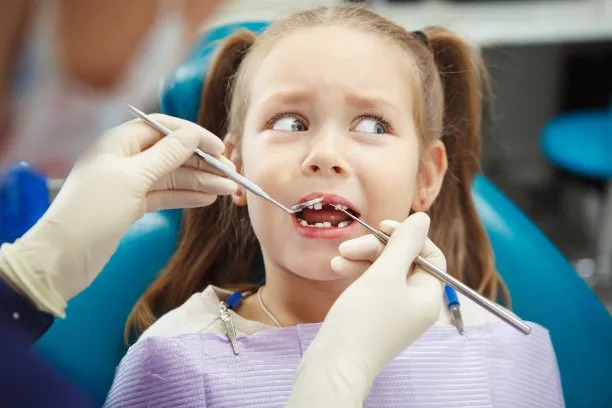Essential Safety Measures to Take Before and After Dental Filling Procedures for Optimal Oral Health
Summary: Dental fillings are essential for restoring health to damaged teeth, but they necessitate careful preparation and aftercare to ensure optimal outcomes. This article explores the essential safety measures to take before and after dental filling procedures, focusing on four critical areas: pre-procedure consultations and evaluations, dental health maintenance, aftercare guidelines, and recognizing potential complications. By adhering to these measures, patients can optimize their oral health and enhance the longevity of their fillings, fostering a healthier mouth and preventing future dental issues.
Pre-Procedure Consultations and Evaluations

Before undergoing a dental filling procedure, its crucial to have a thorough consultation with your dentist. During this meeting, patients should discuss their symptoms, the history of their dental issues, and any medications they are taking. This dialogue allows the dentist to tailor the treatment plan based on individual needs and conditions.
Additionally, dentists often recommend X-rays to better assess the extent of the damage. This imaging can reveal hidden cavities or underlying problems not visible to the naked eye. By understanding the full scope of dental health, patients can make informed decisions regarding the filling materials and methods used.
It’s also essential to review any allergies or sensitivities to dental materials before the procedure. Letting your dentist know about such concerns helps them choose safe filling materials that suit your individual health profile, thereby minimizing potential adverse reactions during or after the treatment.
Dental Health Maintenance Before Treatments
Prior to getting a dental filling, maintaining optimal oral hygiene is imperative. Regular brushing and flossing help to eliminate plaque and reduce the bacteria levels in the mouth, lessening the likelihood of further decay. A clean mouth not only enhances the effectiveness of the filling but also contributes to the overall health of the teeth and gums.
Incorporating a balanced diet rich in vitamins and minerals also strengthens tooth enamel, making it more resilient against decay. Foods high in calcium and phosphorus, such as dairy products, leafy greens, and nuts, are particularly beneficial. Additionally, avoiding sugary snacks and beverages contributes to better dental health by preventing the formation of new cavities.
Regular dental check-ups are crucial for monitoring oral health and catching issues early. These visits allow for professional cleanings and assessments that can lead to timely interventions, possibly preventing the need for fillings altogether. Consistent communication with your dentist about your dental habits further aids in maintaining the health of your teeth before any treatments.
Aftercare Guidelines for Optimal Healing
After receiving dental fillings, following proper aftercare guidelines is crucial for ensuring optimal healing and longevity of the treatment. Patients are often advised to avoid eating for at least a few hours post-procedure, especially if local anesthesia was administered. This precaution helps avoid accidental biting of the cheek or tongue as the numbness wears off.
Once you resume eating, sticking to soft foods can prevent unnecessary strain on the newly filled tooth. Its also wise to avoid very hot, cold, or hard foods for a few days, as sensitivity can persist during the initial healing phase. Proper care during this period plays a significant role in the overall success of the filling.
Additionally, maintaining excellent oral hygiene is crucial in the days following the procedure. This includes gentle brushing around the filled area and refraining from aggressive flossing until you are sure the area has stabilized. Paying attention to any discomfort or unusual sensations in the filled tooth is essential, as early detection can prevent complications.
Recognizing Potential Complications Early
Being aware of potential complications is vital in the post-treatment phase. Some individuals may experience persistent pain or sensitivity in the filled tooth, which could indicate an issue with the filling or underlying dental structures. If such symptoms arise, contacting your dentist promptly is crucial for evaluation and possible re-treatment.
Another concern is the possibility of the filling coming loose or falling out, which can expose the tooth to bacteria and decay. Observing for signs of looseness or feeling an unusual gap in the filled tooth can help in addressing the problem before it escalates.
Additionally, some people may develop an allergic reaction to the filling material used. Symptoms such as swelling, itching, or a rash can indicate a need for immediate consultation with a dental professional. Recognizing these issues early allows for better outcomes and can help maintain long-term oral health.
Summary:
In conclusion, ensuring safety before and after dental filling procedures is essential for maintaining optimal oral health. By participating in thorough consultations, adhering to dental hygiene practices, following aftercare guidelines, and recognizing potential complications promptly, patients can increase the success rate of their fillings and enhance their overall dental well-being.
This article is compiled by Vickong Dental and the content is for reference only.


